In recent weeks, we have received many queries from farmers regarding their dwindling fodder reserves and how to make them stretch.
Some are now feeding specialised ‘‘fodder stretcher’’ compound rations on the advice of their feed mill or coop.
These rations are typically formulated using high-fibre ingredients, with the idea being that they will act as a filler – replacing silage without affecting performance.
If we are looking to concentrates to bridge the gap then we should do so with the economics of performance in mind
This week, we looked at a few of these rations and feeds such as soya hulls, rapeseed meal, maize gluten, pulps and wheat feed (pollard), which were among the main ingredients.
While replacing silage with concentrate ingredients will reduce the requirement for silage in the diet and thus extend stocks, the theory that high-fibre concentrate ingredients should be used to do so is not as logical as it sounds.
When feeding cattle, fibre has two meanings and one of the most common variables used to measure fibre in the research community is neutral detergent fibre (NDF).
Long-fibre feeds – silage, hay, straw – are bulky, fill up space inside the animal and take lots of chewing to break down. Concentrate ingredients such as soya hulls will have a similar NDF value to many of these long-fibre sources, but in reality are easily broken down, highly digestible and have a very low ‘‘fill effect’’ inside the animal.
So what am I getting at? The issue is with the price of some of these fodder stretcher rations and the potential to look at other ingredients for value. In some cases last week, we were quoted at least €210/t for rations that, in reality, contain ingredients inferior to cereal grains from a feed value point of view.
Research
Before we go swapping our soya hulls for barley, it is worth looking back at some research carried out at Teagasc Grange in 2014.
Here, growing continental cattle (360kg initial weight) were fed 64% DMD silage and 3.75kg of an 86% rolled barley ration as a control. Other groups then had the barley in the ration replaced with increasing levels of soya hulls at 20%, 40%, 60% and 80%. The rations were formulated to have similar protein concentrations. The trial lasted 71 days, during which silage was offered to appetite.
Table 1 outlines the results.

In terms of dry matter intake, there was no difference between soya hulls and rolled barley – ie soya hulls did not have more of a ‘‘filler’’ effect and act to reduce silage intake. However, in terms of liveweight gain (LWG), replacing more than 20% of the barley with soya hulls actually reduced animal performance.
Along with pulps and gluten, soya hulls is seen as one of the better quality digestible fibre concentrate ingredients. Yet, it cannot hold its own against cereals, native or otherwise, in terms of animal performance. While these are undoubtedly safer ingredients to feed from a digestive point of view, with careful adaption and feed management, cereals can be just as safe.
However, with all feeds, we should pick out ingredients with feeding value in mind. Yes, rolled barley beat soya hulls in the above trial, but at what prices would you justify replacing rolled barley with soya hulls? We would be gaining less but the cost of that gain would be much cheaper.
We need to apply this principle when looking at ‘‘fodder stretching’’ concentrates. In reality, the best ‘‘fodder stretcher’’ is another form of fodder.
If we are looking to concentrates to bridge the gap then we should do so with the economics of performance in mind.
Table 2 shows three scenarios, where rolled barley and soya bean meal can be bought for either €180/t and €345/t (prices we have been quoted in the east and south) or €200/t and €360/t (prices quotes in the north and west) or €220/t and €360/t. This table can be used to help select the right ingredient to feed with your silage. The ingredients are priced based on their feeding value and the values of barley and soya bean meal at the above prices.
If you can source any of these ingredients at or below the prices listed, then it is worthwhile opting for them instead of barley. Otherwise, it makes the most economic sense to keep it simple and stick with rolled barley.

With any concentrate, not just a cereal, it is foolish to jump straight in offering modest to high feeding rates. Start at 2kg and offer an additional 1kg every three days, while watching the animals themselves and their dung. When you walk into a shed, 60% of the animals that are not resting, eating or drinking should be chewing the cud.
Dung talks – obviously we don’t want our animal’s dung being too loose. If you suspect that it is too watery, look for small bubbles in it.
These are a sign of sub-clinical acidosis. Bear in mind that if you’re feeding highly digestible silage, animals will scour for a couple of weeks as they adapt.
While this is not something to be hugely concerned about, it is no harm to offer additional stemmy silage, hay or straw, along with this type of silage for the first couple of weeks when feeding young stock as the scouring will be causing a small degree of stress, which could be a precursor to other problems given the right circumstances.
Read more
Listen: fodder relief scheme for farmers
Listen: hardship taking its toll on fodder-hit farmers
In recent weeks, we have received many queries from farmers regarding their dwindling fodder reserves and how to make them stretch.
Some are now feeding specialised ‘‘fodder stretcher’’ compound rations on the advice of their feed mill or coop.
These rations are typically formulated using high-fibre ingredients, with the idea being that they will act as a filler – replacing silage without affecting performance.
If we are looking to concentrates to bridge the gap then we should do so with the economics of performance in mind
This week, we looked at a few of these rations and feeds such as soya hulls, rapeseed meal, maize gluten, pulps and wheat feed (pollard), which were among the main ingredients.
While replacing silage with concentrate ingredients will reduce the requirement for silage in the diet and thus extend stocks, the theory that high-fibre concentrate ingredients should be used to do so is not as logical as it sounds.
When feeding cattle, fibre has two meanings and one of the most common variables used to measure fibre in the research community is neutral detergent fibre (NDF).
Long-fibre feeds – silage, hay, straw – are bulky, fill up space inside the animal and take lots of chewing to break down. Concentrate ingredients such as soya hulls will have a similar NDF value to many of these long-fibre sources, but in reality are easily broken down, highly digestible and have a very low ‘‘fill effect’’ inside the animal.
So what am I getting at? The issue is with the price of some of these fodder stretcher rations and the potential to look at other ingredients for value. In some cases last week, we were quoted at least €210/t for rations that, in reality, contain ingredients inferior to cereal grains from a feed value point of view.
Research
Before we go swapping our soya hulls for barley, it is worth looking back at some research carried out at Teagasc Grange in 2014.
Here, growing continental cattle (360kg initial weight) were fed 64% DMD silage and 3.75kg of an 86% rolled barley ration as a control. Other groups then had the barley in the ration replaced with increasing levels of soya hulls at 20%, 40%, 60% and 80%. The rations were formulated to have similar protein concentrations. The trial lasted 71 days, during which silage was offered to appetite.
Table 1 outlines the results.

In terms of dry matter intake, there was no difference between soya hulls and rolled barley – ie soya hulls did not have more of a ‘‘filler’’ effect and act to reduce silage intake. However, in terms of liveweight gain (LWG), replacing more than 20% of the barley with soya hulls actually reduced animal performance.
Along with pulps and gluten, soya hulls is seen as one of the better quality digestible fibre concentrate ingredients. Yet, it cannot hold its own against cereals, native or otherwise, in terms of animal performance. While these are undoubtedly safer ingredients to feed from a digestive point of view, with careful adaption and feed management, cereals can be just as safe.
However, with all feeds, we should pick out ingredients with feeding value in mind. Yes, rolled barley beat soya hulls in the above trial, but at what prices would you justify replacing rolled barley with soya hulls? We would be gaining less but the cost of that gain would be much cheaper.
We need to apply this principle when looking at ‘‘fodder stretching’’ concentrates. In reality, the best ‘‘fodder stretcher’’ is another form of fodder.
If we are looking to concentrates to bridge the gap then we should do so with the economics of performance in mind.
Table 2 shows three scenarios, where rolled barley and soya bean meal can be bought for either €180/t and €345/t (prices we have been quoted in the east and south) or €200/t and €360/t (prices quotes in the north and west) or €220/t and €360/t. This table can be used to help select the right ingredient to feed with your silage. The ingredients are priced based on their feeding value and the values of barley and soya bean meal at the above prices.
If you can source any of these ingredients at or below the prices listed, then it is worthwhile opting for them instead of barley. Otherwise, it makes the most economic sense to keep it simple and stick with rolled barley.

With any concentrate, not just a cereal, it is foolish to jump straight in offering modest to high feeding rates. Start at 2kg and offer an additional 1kg every three days, while watching the animals themselves and their dung. When you walk into a shed, 60% of the animals that are not resting, eating or drinking should be chewing the cud.
Dung talks – obviously we don’t want our animal’s dung being too loose. If you suspect that it is too watery, look for small bubbles in it.
These are a sign of sub-clinical acidosis. Bear in mind that if you’re feeding highly digestible silage, animals will scour for a couple of weeks as they adapt.
While this is not something to be hugely concerned about, it is no harm to offer additional stemmy silage, hay or straw, along with this type of silage for the first couple of weeks when feeding young stock as the scouring will be causing a small degree of stress, which could be a precursor to other problems given the right circumstances.
Read more
Listen: fodder relief scheme for farmers
Listen: hardship taking its toll on fodder-hit farmers








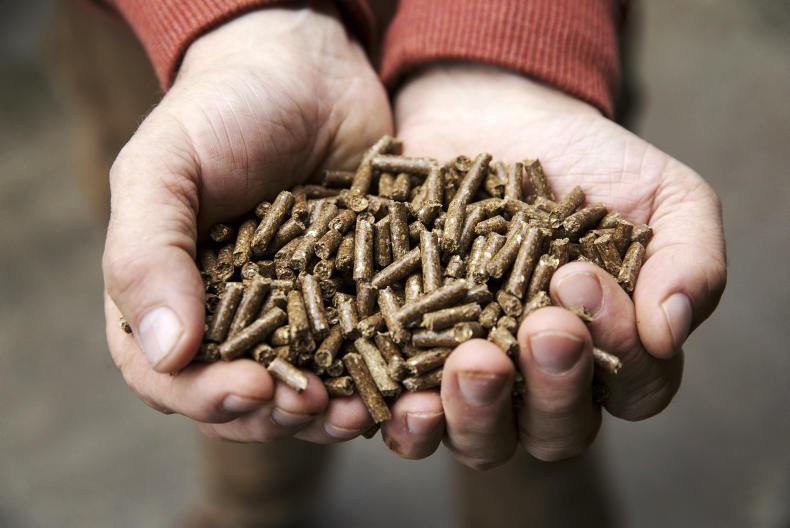
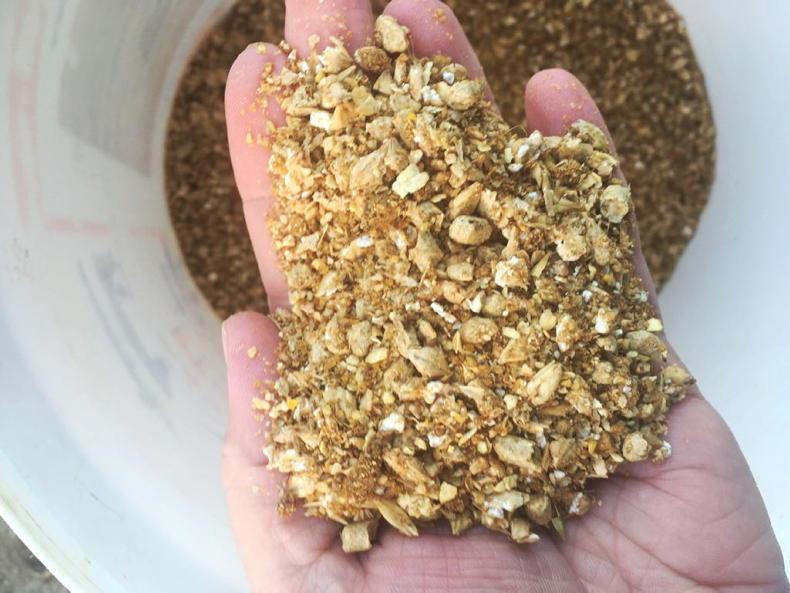

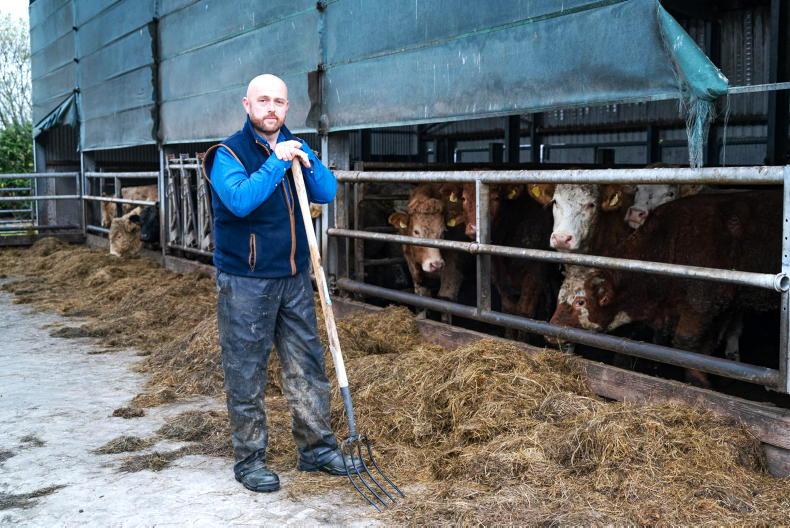
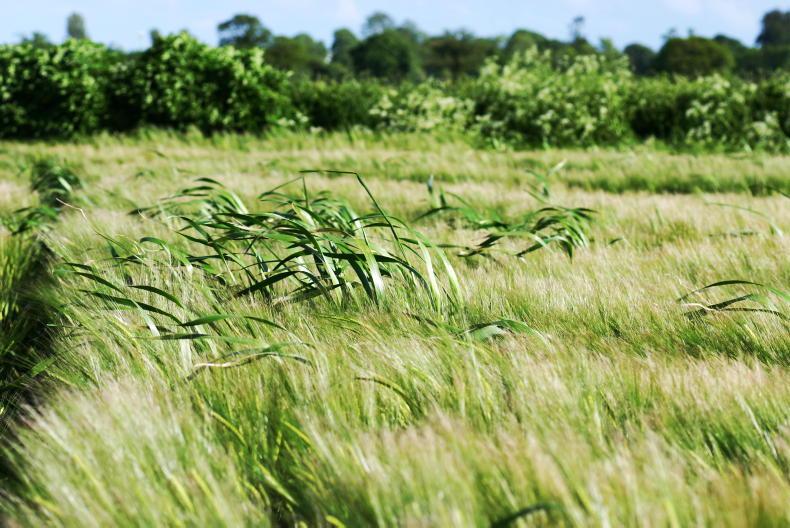
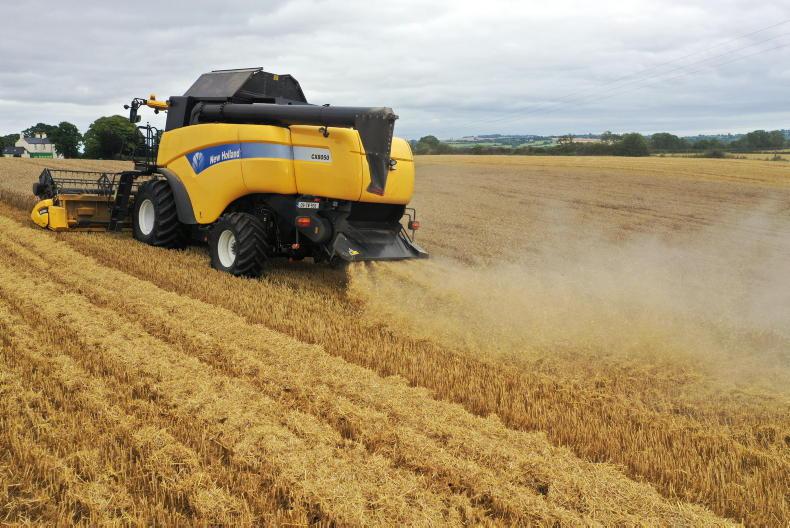
SHARING OPTIONS